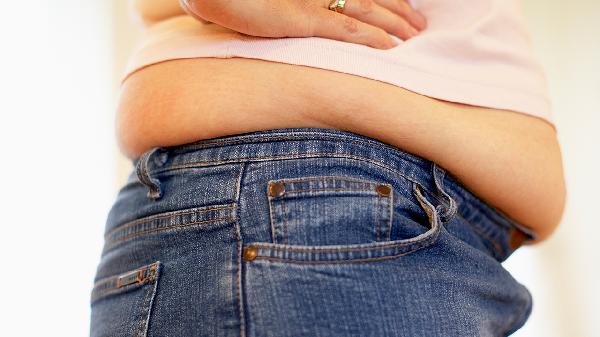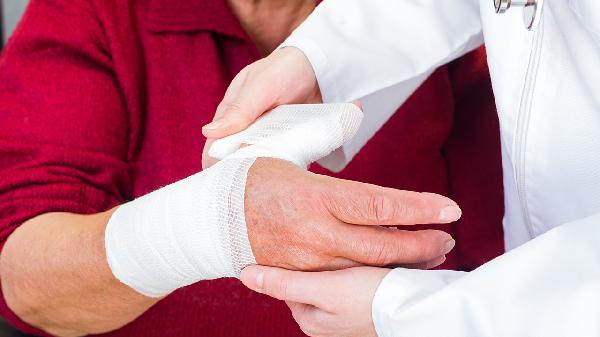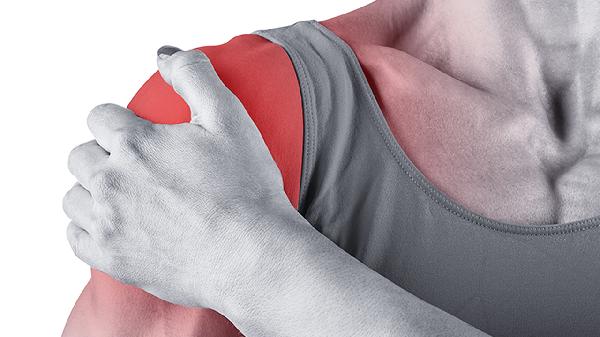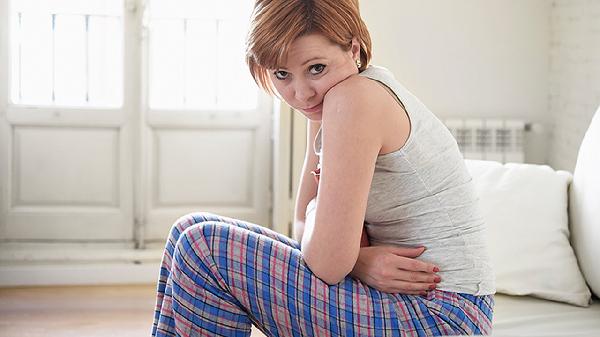Many runners complain of headaches after running, which could be due to dehydration or post-exercise effects, especially when running in hot weather. Others report muscle soreness after running, particularly after long-distance or fast-paced runs. So, how to deal with these issues and avoid post-run soreness? Let's explore this together.

1. Ice Bath
Some long-distance runners use ice baths to reduce muscle soreness. An ice bath involves bathing in cold water with added ice, which effectively reduces inflammation and soreness because it cools the entire body rather than just a localized area. If you don’t have access to an ice bath, you can try applying ice packs to sore joints.
2. Post-Exercise Nutrition
After a long run or intense workout, don’t wait too long to eat. Research shows that muscles are most efficient at replenishing glycogen within 30 minutes after exercise. Eating soon after your workout can minimize muscle stiffness or soreness. According to studies, the ideal food intake should contain 1 gram of protein to 3 grams of carbohydrates.
3. Hydration
Make sure to replenish fluids after running, especially in the summer. Drinking water after a run is sufficient to replace lost fluids, but professional athletes often prefer recovery drinks like chocolate milk or coconut water. Ordinary people can gauge their hydration levels by the color of their urine—dark yellow indicates the need for more water, while a light lemon color is normal.
Finally, it’s important to note that if post-run pain persists for more than a week and doesn’t improve with rest, ice, or massage, or if you experience other unexplained symptoms after running, it’s best to promptly seek medical attention for diagnosis and treatment.
























